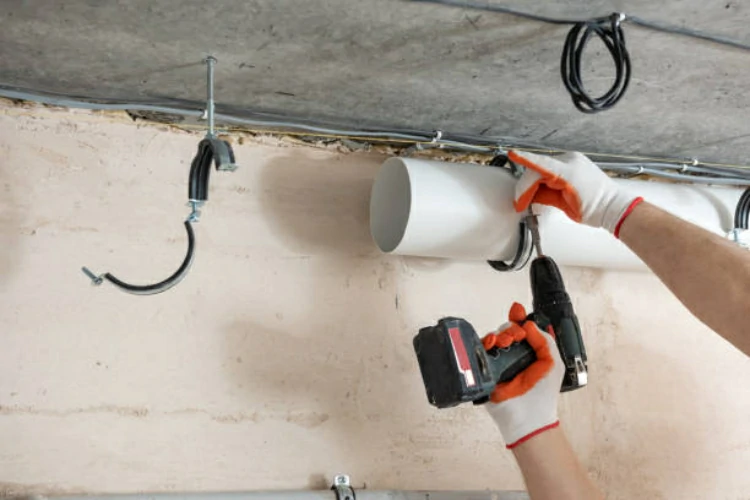Introduction
In the event of a plumbing emergency, quick and effective action is essential to minimize damage and restore functionality to the system. UPVC (Unplasticized Polyvinyl Chloride) pipes, known for their durability and reliability, may occasionally require emergency repairs due to leaks, cracks, or other issues. In this article, we will explore various emergency repair methods for UPVC plumbing systems, providing homeowners and plumbing professionals with practical solutions to address common issues.
1. Temporary Patching Techniques
1.1. Materials Needed
Gather the necessary materials for temporary patching, including epoxy putty, rubber patches, pipe clamps, and waterproof tape. These items are readily available at hardware stores and can be used to create temporary seals and repairs.
1.2. Steps for Patching Leaks
- Clean the affected area thoroughly to remove any dirt, debris, or moisture.
- Apply epoxy putty or rubber patch over the leak, ensuring complete coverage.
- Secure the patch in place using pipe clamps or waterproof tape.
- Allow the patch to cure according to the manufacturer’s instructions.
- Monitor the repair periodically and reapply as needed until permanent repairs can be made.
2. Pipe Section Replacement
2.1. Identifying the Damaged Section
Locate the damaged section of the UPVC pipe by visually inspecting for cracks, leaks, or bulges. Use a pipe cutter or hacksaw to remove the damaged portion of the pipe, ensuring clean and straight cuts.
2.2. Installing a Replacement Section
- Measure the length of the removed section and cut a replacement UPVC pipe to size.
- Apply primer and solvent cement to both ends of the existing pipe and the replacement section.
- Join the replacement section to the existing pipe, ensuring a tight and secure fit.
- Allow sufficient time for the solvent cement to cure before restoring water flow through the repaired section.
3. Emergency Clamp Fittings
3.1. Using Clamp Fittings
Emergency clamp fittings are designed to provide quick and reliable repairs to damaged UPVC pipes without the need for extensive tools or expertise. These fittings consist of two metal clamps and a rubber gasket that create a tight seal around the damaged area.
3.2. Installation Process
- Position the rubber gasket over the damaged section of the pipe.
- Place the metal clamps on either side of the gasket and tighten them securely using a wrench or screwdriver.
- Test the repair by turning on the water supply and checking for leaks.
- If necessary, adjust the clamps to achieve a tighter seal and prevent further leakage.
Conclusion
UPVC plumbing systems can be effectively repaired in emergency situations using temporary patching techniques, pipe section replacement, or emergency clamp fittings. These methods provide homeowners and plumbing professionals with practical solutions to address leaks, cracks, or other issues that may arise unexpectedly. By following the steps outlined in this article, individuals can quickly restore functionality to their UPVC plumbing systems and minimize the risk of water damage or disruption.
Contact
IFAN is a professional manufacturer with 30 years of experience, dedicated to producing high-quality plastic pipes, fittings, and valves. Our products include brass valves, PPR valves, as well as various pipes and fittings to meet different customer needs. Whether you need plumbing and drainage pipes or valve products, IFAN can provide a diverse range of high-quality, cost-effective products to support your projects. Below is our contact information.
We will reply your email or fax within 24 hours.
You can call us at any time if there is any question on our production.
For more information,pls visit our webside https://www.ifanplus.com/
Pls Mailto: [email protected]






